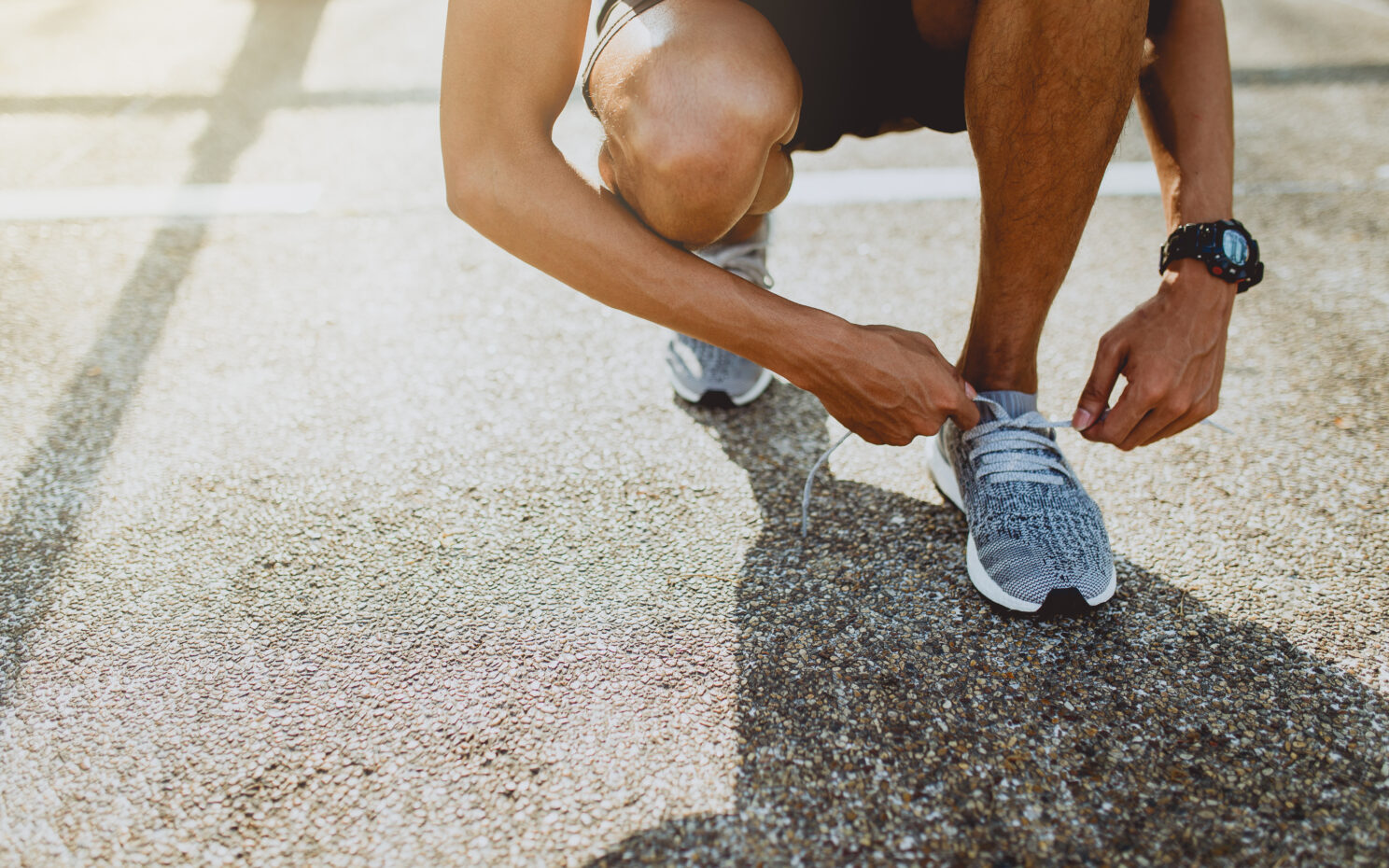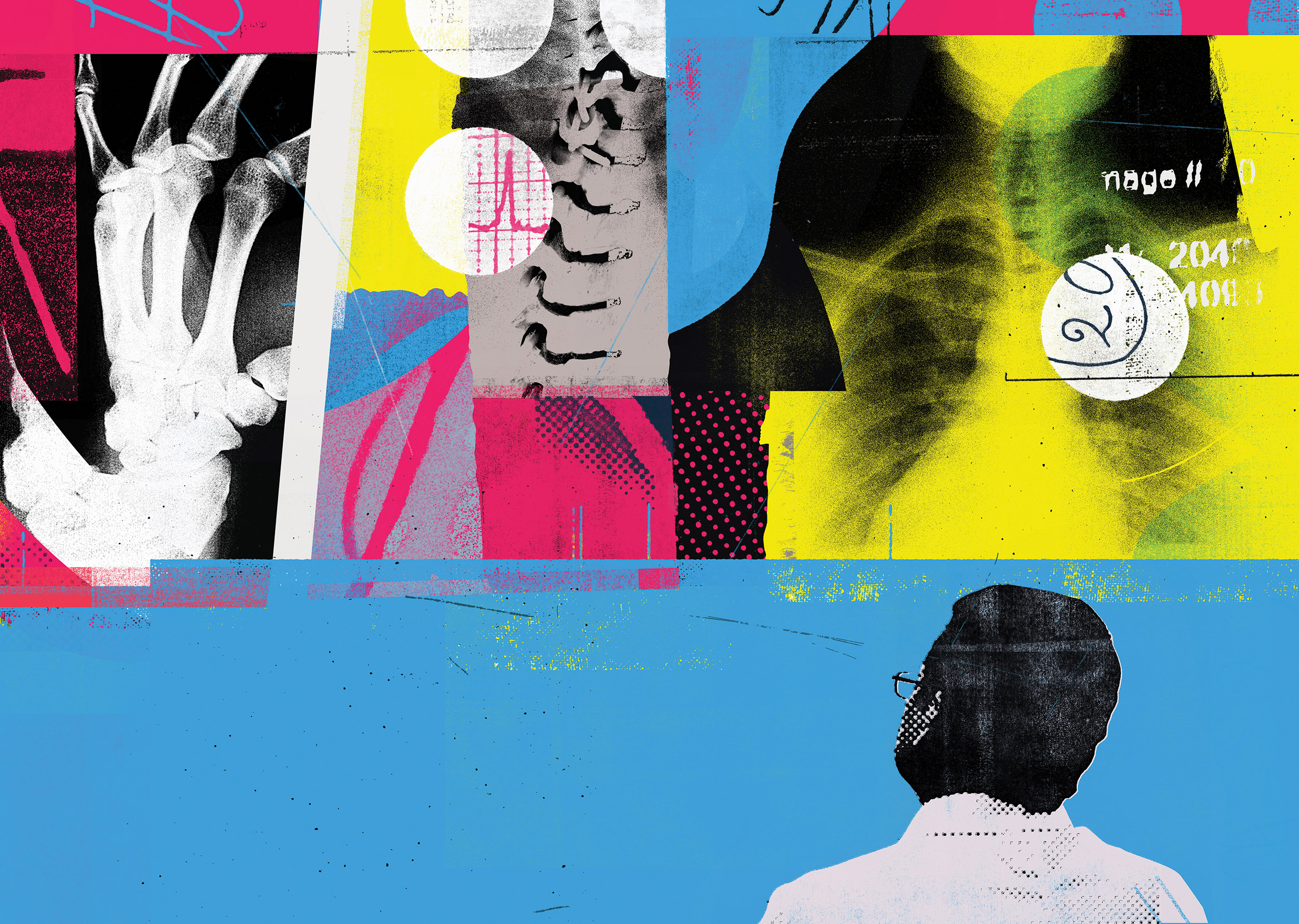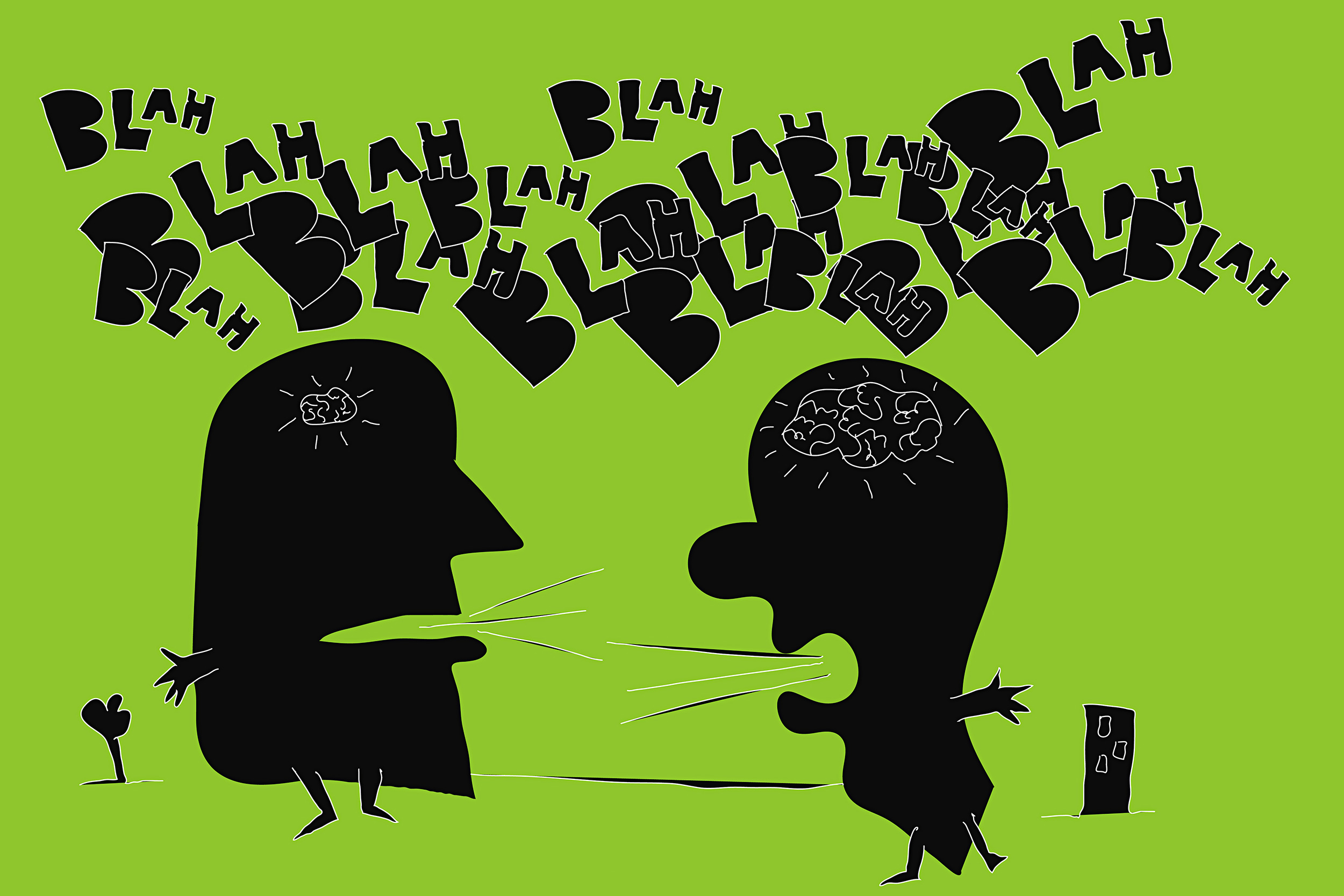
Illustration by Liz Zonarich/Harvard Staff
The 20-minute workout
Pressed for time? You still have plenty of options.
Part of the Wondering series
A series of random questions answered by Harvard experts.
I-Min Lee, a professor of medicine at Harvard Medical School and a professor of epidemiology at the Harvard Chan School, studies links between physical activity and health. We asked her about the best workout for the over scheduled.
Three thoughts come immediately to my mind:
- Has to be practical.
- What are you trying to achieve?
- What do you enjoy?
First, the practical aspect: It doesn’t seem sensible to make preparations for an activity that can last only 20 minutes. So I would not suggest downhill skiing, but snow shoeing might be fine — there is less gear to fuss with.
Next, what’s your goal? Are you trying to lose weight? If so, in addition to watching nutrition, you should try for a more intense workout so that you burn more calories — you might run or jog rather than walk. Likewise, if the goal is to increase fitness, you should aim for a higher-intensity workout since that is more efficient for increasing cardiovascular fitness. For example, high-intensity interval training is popular. Many such regimens exist with the common formula of repeated cycles consisting of a short burst of high-intensity exercise (e.g., sprinting) followed by a short period of rest.
If the primary goal is to maintain health and well-being, the good news is that there is something for everyone. A large body of scientific evidence shows that movement of any kind is good for improving mental and physical health and promoting longevity. According to the Department of Health and Human Services, even moderate physical activity — 21 minutes a day — can reduce the risk of heart disease, dementia, depression, and several cancers: bladder, breast, colon, endometrium, esophagus, kidney, lung, and stomach.
Cardio and strength training both have their place. Until the past few years, most research focused on cardio workouts for health benefits (i.e., lower risk of mortality, chronic diseases, mental and cognitive function). More recently, we have seen studies also showing that strength training is related to lower rates of mortality and chronic diseases. But more work needs to be done on this. We know less about the dose of muscle strengthening that is optimal.
For older adults, it’s important to note, physical activity reduces the risk of falls and fall-related injuries.
The best regimen is one that you enjoy and will stick with over the long term. Ideally, the activity should be at least moderate in intensity. Use the “talk test” as a rule of thumb: If you’re doing moderate-intensity activity, you can talk but not sing while you’re moving. If you’re looking to add to your 20, activities such as walking the dog, biking, gardening, and dancing are all good for your body and mind. We should also recognize people with disabilities, so let us not forget activities like wheelchair sports and swimming.
— As told to Anna Lamb, Harvard Staff Writer














